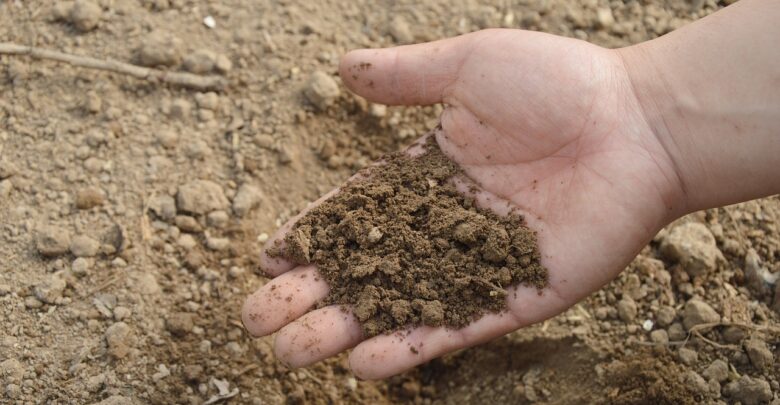Soil Types And The Benefits Of Organic Soil

Soil organic matter is all the organic material in soil, including animal and plant detritus at different stages of decomposition, individual cells and tissues of soil microbial bacteria, and materials that soil bacteria synthesize. Organic soil matter can also be decomposed to a usable state by processes such as transpiration and hydration. Decomposed material contains a variety of nutrients, including nitrogen, potassium, phosphorus, and carbon.
Therefore, plants and animals feed on this organic matter, with the nitrogen and other nutrients being supplied by the plants and animals, while the carbon cycle is carried out by the soil microbial organisms. Plants and animals also use up soil organic matter as their source of energy and nutrients.
Potting Soil with a high percentage of organic matter. Clay soils with a high percentage of clay and sand have very slow sand circulation and do not exchange excess sand and silts. Silt is a slow-moving, silty soil constituent that serves as an abundant supply of water, while the sand is a compact, coarse aggregate that provides a good hold for both plants and animals. Plants grow better in the sand and clays, and animals feed on the silty soil and the clay.
Soils that are free from excess sand and organic matter particles are known as ‘healthy soil’. Healthy soil has a well-balanced combination of microbial communities that exist in a delicate balance. Healthy soil is waterlogged, having a high percentage of clay and sand particles, but not with a high percentage of sand or silts.
Clay particles are heavier than silts, making it difficult to excavate, while silts make the soil moist and its particle sizes smaller than clay particles, so they are easily blown away by wind or washed away by rain. Soils in this condition are suitable for both crop production and weed control and are highly productive.
Soil types that are rich in clay but lacking in sand and silts are known as alkaline soil or rocky soil. Rocky soil is usually badly weathered by wind and does not hold much organic matter. Soil with a high percentage of clay and sand, plus a pH within the normal range (6.4 to 7.4) is called acidic soil or loamy clay. These conditions are usually conducive to organic matter retention, while rocky, weathered soil is less favorable, retaining little organic matter.
Both healthy and acidic soils can be regenerated, by adding copious amounts of organic matter, either through topsoil composting, worm castings, or aerobic composting, where the organic matter content is substantially higher than the organic moisture retention capacity of the soil. Organic matter retention is greatly increased by the addition of silts, although the percentage of silts in the soil will also be increased to some extent.






